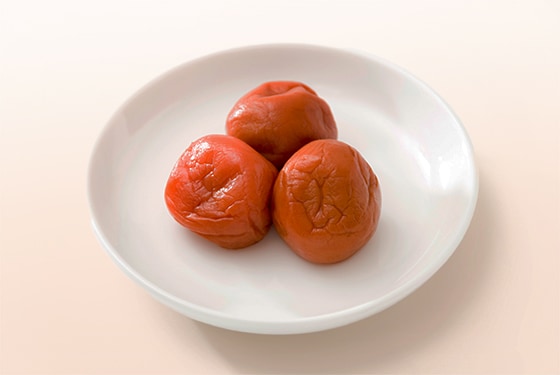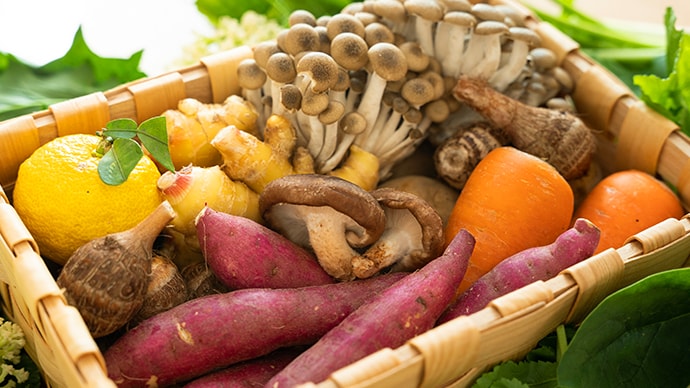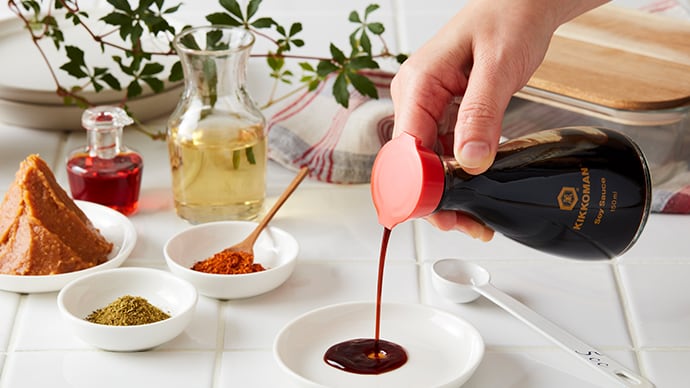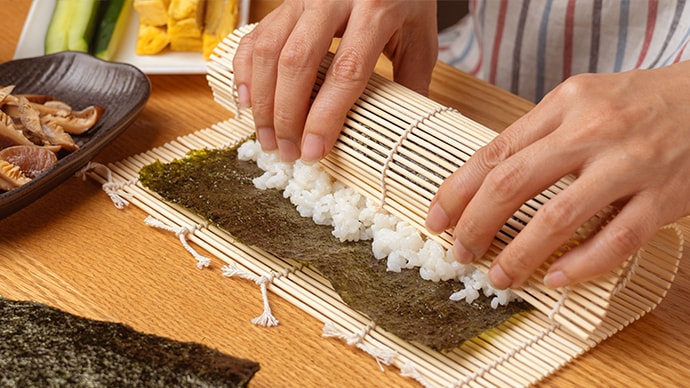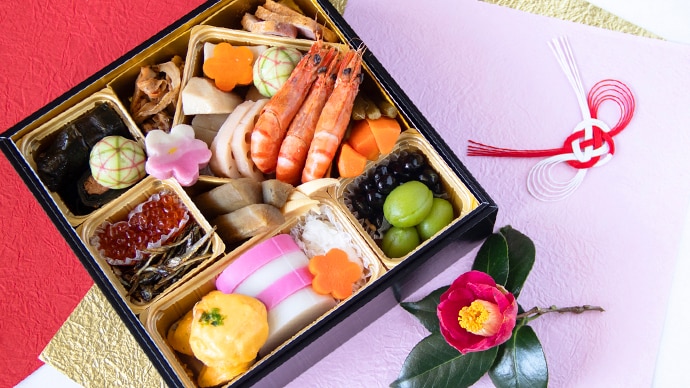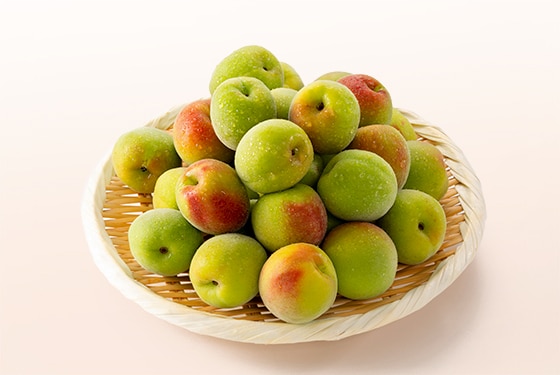
A fruit that has been eaten since ancient times in its preserved form such as umeboshi and umeshu (plum or apricot wine)
What are ume?
Ume (梅 in Japanese) are the fruit of the apricot tree, whose flowers are also loved, and have been cultivated in Japan for about 1,500 years. They bear fruit around June and are in season during the summer months of July and August. There are various types of ume, such as the small-sized "Koshu Koume" and the large-sized "Nankoume" and "Shirokagaume". Ume cannot be eaten raw, so they are generally made into things like umeboshi, umeshu and jam. In addition, soy sauce-pickled ume are easy to make and delicious, and are convenient as a staple dish.
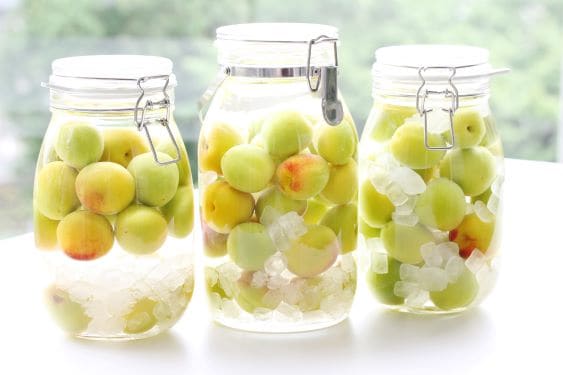
Nutrition facts
Ume contain potassium, iron, beta-carotene, vitamin C, and citric acid, which help regulate blood pressure, prevent anemia, have antioxidant effects, improve immunity, and help recover from fatigue. Citric acid promotes energy metabolism and helps break down lactic acid, so it is said to be effective in reducing fatigue. Citric acid also has antibacterial properties, which prevent food from spoiling and regulate the stomach and intestines. Ume contain trace amounts of picric acid, an organic acid that activates the intestines and improves liver function.
Please note that unripe, green ume contain cyanide compounds and cannot be eaten raw. The cyanide compounds in green ume are broken down and detoxified by processing, ageing, or heating them into things like umeboshi, umeshu and jam.
Storage to prevent food loss
Ume are in season for a short time, so if you are not going to make preserved food right away, it is best to freeze them. If you wash and wipe off the water and put the ume in a storage bag, they can be stored in the freezer for about 6 months. They can be used as ingredients for umeboshi and umeshu while still frozen.
Trivia
Umeboshi has the effect of removing the unpleasant odor of meat and fish, and they are delicious when added to stews, grilled dishes, rice dishes, sauces, and dressings. In addition, because they have a sterilizing effect, it is common to put umeboshi in the rice of a bento, and as the combination of white rice and red umeboshi resembles the Japanese flag, it is sometimes called "Hinomaru bento".
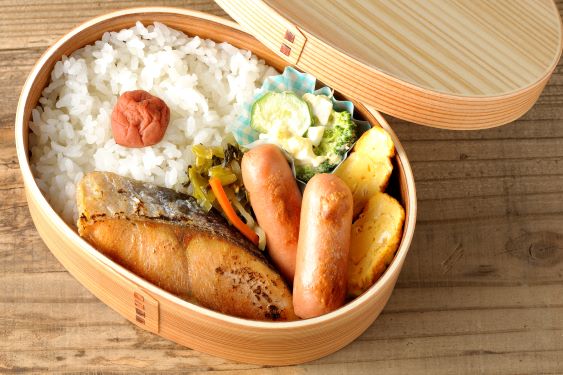
Caution
Young, green, unripe ume seeds contain a toxic substance called amygdalin, which produces harmful hydrogen cyanide in the body, so it is best to especially avoid eating the young fruit raw.


